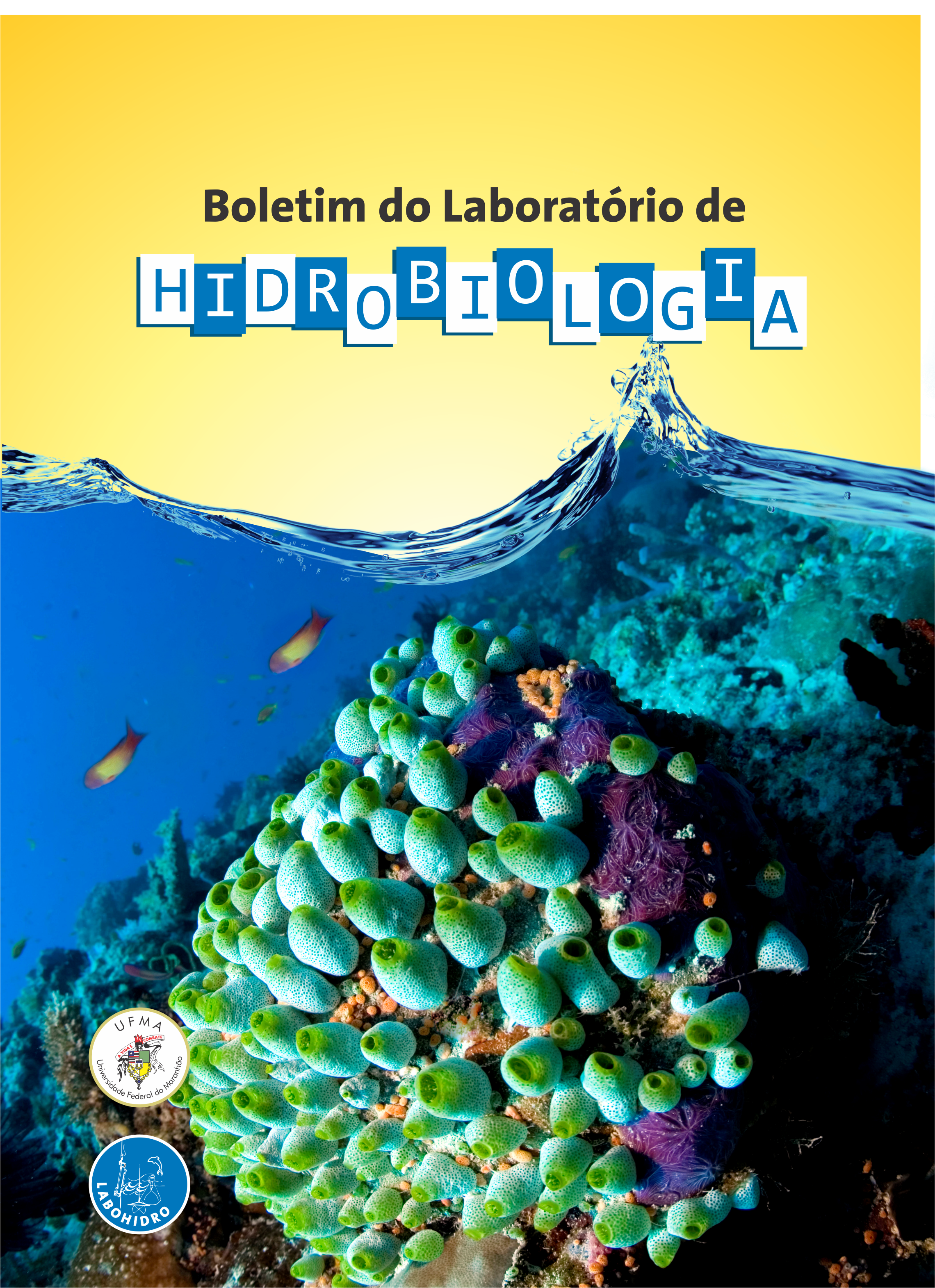FLORA OF THE LENÇÓIS MARANHENSES NATIONAL PARK: POLYGALACEAE
DOI:
https://doi.org/10.18764/1981-6421e2023.8Keywords:
Northeast, Restinga, Taxonomy, FabalesAbstract
The Lençóis Maranhenses National Park is home to important species native and endemic to Brazil, including the Polygalaceae. In this context, the present study proposed to survey the taxonomic diversity of Polygalaceae species occurring in the Lençóis Maranhenses National Park, in the Atins section. Exploratory walks were carried out in the study area, where Polygalaceae with flower and/or fruit were collected. The samples were herborized and identified at the Botanical Studies Laboratory with the aid of dichotomous keys and specialized literature. The photographic plates were assembled from the photos recorded in the laboratory. Six species of Polygalaceae were identified, a number similar to that found in studies in the restingas of Maranhão; Senega Spach being the most diverse genus, with 3 ssp., followed by Asemeia Raf. emend. Small (2 ssp.) and Caamembeca J.F.B.Pastore (1 sp.). This result is consistent with the study carried out in the restinga of Pará, where Senega was also the most abundant. It was observed that the Polygalaceae species found in Atins can be differentiated from the phyllotaxy, morphology of the leaves, sepals and mainly by the carina and seeds. In addition, the species found are well distributed in the Brazilian phytogeographic domains. In this way, the park presented a rich diversity of Polygalaceae, emphasizing the importance of the study for conservation. The need to expand the study to other areas and botanical families is also evident, in order to better understand the park's flora.
Downloads
References
ALMEIDA JR., E.B., SILVA, A.N.F., LIMA, G.P., AMORIM, I.F.F., SERRA, F.C.V., CORREIA, B.E.F., MACHADO, M.A., ALMEIDA, R.A.G., CASTRO, A.R.R., FIGUEIREDO, N., SILVA, R.M. & SANTOS-FILHO, F.S. (2017). Checklist of the flora of the restingas of Maranhão State, Northeast, Brazil. Indian Journal of Applied Research, 7(6), 603-612.
ALVARES, C.A., STAPE, J.L., SENTELHAS, P.C., MORAES GONÇALVES, J.L. & SPAROVEK, G. (2013). Köppen’s climate classification map for Brazil. Meteorologische Zeitschriftm, 22(6), 711-728.
ANJOS, C.B. (2022). Polygalaceae Hoffmanns & link na Amazônia maranhense, Brasil: taxonomia e conservação. 120 f. Dissertação (Mestrado em Ciências Biológicas/Botânica Tropical) - Universidade Federal Rural da Amazônia, Museu Paraense Emílio Goeldi, Belém.
APG, IV. (2016) The Angiosperm Phylogeny Group. An update of the Angiosperm Phylogeny Group classification for the orders and families of flowering plants: APG IV. Londres: Botanical Journal of the Linnean Society, 181(1), p. 1–20.
CASTRO, A.C.L. & PIORSKI, N.M. (2002). Plano de Manejo do Parque Nacional dos Lençóis Maranhenses. Brasília: ICMBio.
COELHO, V.P.M., AGRA, M.F. & BARACHO, G.S. (2008). Flora da Paraíba, Brasil: Polygala L. (Polygalaceae). Acta botanica brasilica, 22(1), 225-239.
COSTA, C.S., AGUIAR-DIAS, A.C.A. & SIMÕES, A.O. (2012). Pará, Brasil: Polygala na Ilha de Marajó. Chicago: The Field Museum. 2 p. Disponível em: <https://fieldguides.fieldmuseum.org/pt-br/guias/guia/348>. Acesso em: 11 out. 2023.
FERREIRA, D.M.C. & ALVES, M. (2015). Polygalaceae. In: Ana Paula do Nascimento Prata; Marta Cristina Vieira Farias; Myrna Friederichs Landim. (Orgs.). Flora de Sergipe. Aracaju: Criação editora, 2, 224-242.
FERREIRA, D.M.C., BARBOSA, J.I.S. & ALVES, M. (2017). Flora da Usina São José, Igarassu, Pernambuco: Polygalaceae. Rodriguésia, 68(1), 251-262.
GONÇALVES, E.G. & LORENZI, H. (2011). Morfologia vegetal: organografia e dicionário ilustrado de morfologia das plantas vasculares. 2 ed. Instituto Plantarum de Estudos da Flora, São Paulo, 544p.
LIMA, G.P. & ALMEIDA JR., E.B. (2018). Diversidade e similaridade florística de uma Restinga ecotonal no Maranhão, Nordeste do Brasil. Interciência, 43(4), 275-282.
LIMA, I.G., ALBUQUERQUE, A.M.L., DIAS, A.C.A.A. & LOIOLA, M.I.B. (2018). Flora do Ceará, Brasil: Polygalaceae. Rodriguésia, 69(2), 673-692.
MESQUITA, A.S., ROCHA, A.S. & SANTOS, J.U. (2013). Polygalaceae nas restingas do estado do Pará, Brasil. Revista Brasileira de Biociências, 11(1), 76-87.
PASTORE, J.F., MARTINEZ, A., ABBOTT, J. & NEUBIG, K. (2023). Toward New Generic Delimitations in Polygalaceae II: Senega. Annals of the Missouri Botanical Garden, 108, 126-249.
PEIXOTO, A.L. & MAIA, L.C. (2013). Manual de Procedimentos para herbários. INCT-Herbário virtual para a Flora e os Fungos. Recife: Editora Universitária UFPE.
RIBEIRO, E.K.M.D. (2011). Fenologia e atributos reprodutivos de espécies ocorrentes em restingas no Maranhão. 119 f. Tese (Doutorado) – Universidade Federal de Pernambuco, Recife.
RODRIGUES, M.L., MOTA, N.F.D.O., VIANA, P.L., KOCH, A.K. & SECCO, R.D.S. (2019). Vascular flora of Lençóis Maranhenses National Park, Maranhão State, Brazil: checklist, floristic affinities and phytophysiognomies of restingas in the municipality of Barreirinhas. Acta Botanica Brasilica, 33(3), 498-516.
SALAZAR-FERREIRA, M., GONELLA, P.M. & GUARÇONI, E.A.E. (2020). New records of Utricularia (Lentibulariaceae) for the state of Maranhão, Brazil. Check List, 16(1), 121-125.
SERRA, F.C.V., LIMA, P.B. & ALMEIDA JR, E.B. (2016). Species richness in restinga vegetation on the eastern Maranhão State, Northeastern Brazil. Acta Amazonica, 46(3), 271-280.
SILVA, A.N.F., ARAUJO, A.C.M. & ALMEIDA JR., E.B. (2016). Flora fanerogâmica das dunas da praia de São Marcos, São Luís, Maranhão. In: Almeida Jr., E.B., Santos-Filho, F.S. (Org.). Biodiversidade do Meio Norte do Brasil: conhecimentos ecológicos e aplicações. 1ed. Curitiba: Editora CRV, 1, 11-28.
UNESCO. (2017). Parque Nacional dos Lençóis Maranhenses – Lençóis Maranhenses National Park. Disponível em: <https://whc.unesco.org/en/tentativelists/6261/>. Acesso em: 27. jun. 2023.
ZICKEL C.S., VICENTE A., ALMEIDA JR., E.B, CANTARELLI, J.R.R, SACRAMENTO, A.C. (2004). Flora e vegetação das restingas no Nordeste Brasileiro. In: Eskinazi-Leça, E., Neumann-Leitão, S., Costa, M.F. (eds.). Oceanografia: um cenário tropical. Recife, Bargaço, 689-701.
Downloads
Published
How to Cite
Issue
Section
License
Copyright (c) 2024 Boletim do Laboratório de Hidrobiologia

This work is licensed under a Creative Commons Attribution 4.0 International License.





